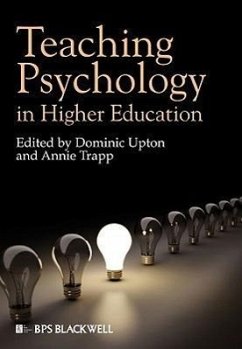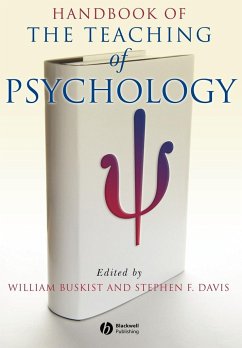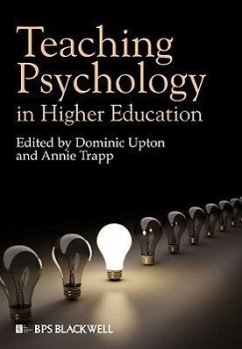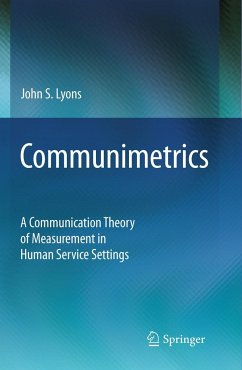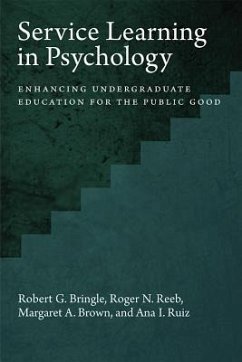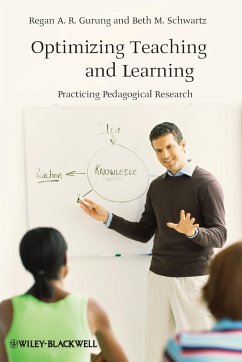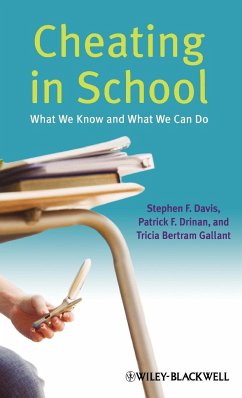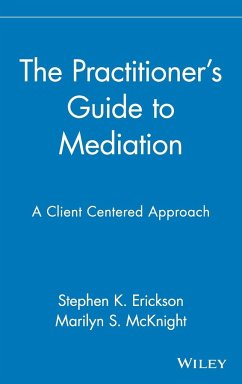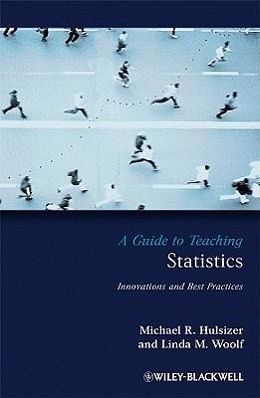
A Guide to Teaching Statistics
Innovations and Best Practices

PAYBACK Punkte
32 °P sammeln!
Guide to Teaching Statistics is an invaluable tool for both novice and seasoned teachers of statistics. The book provides pedagogical methods and activities for teaching a range of topics, from simple statistics such as mean, median, and mode to much more complex analyses such as multivariate analyses of variance. It addresses the tools used for teaching statistics from the traditional pencil and calculator to computer programs such as SPSS. It also features topics unique to the teaching of statistics, such as working with math phobic and special needs students.
A Guide to Teaching Statistics: Innovations and Best Practices, by Michael R. Hulsizer and Linda M. Woolf, is an invaluable guide for both novice and seasoned teachers of statistics. Based on an extensive review of the research in fields such as education, health sciences, mathematics, statistics, psychology, and the social sciences, the book covers a range of statistics education and assessment topics. The book also includes novel classroom exercises, pedagogical tools, and computer applications designed to enhance active learning. Topics include descriptive, inferential, and multivariate statistics as well as the importance of using real data in the classroom, the role of ethics and diversity in statistics, and the effectiveness of online statistical education. The authors also provide extensive coverage of the research concerning statistical literacy, thinking, and reasoning.



